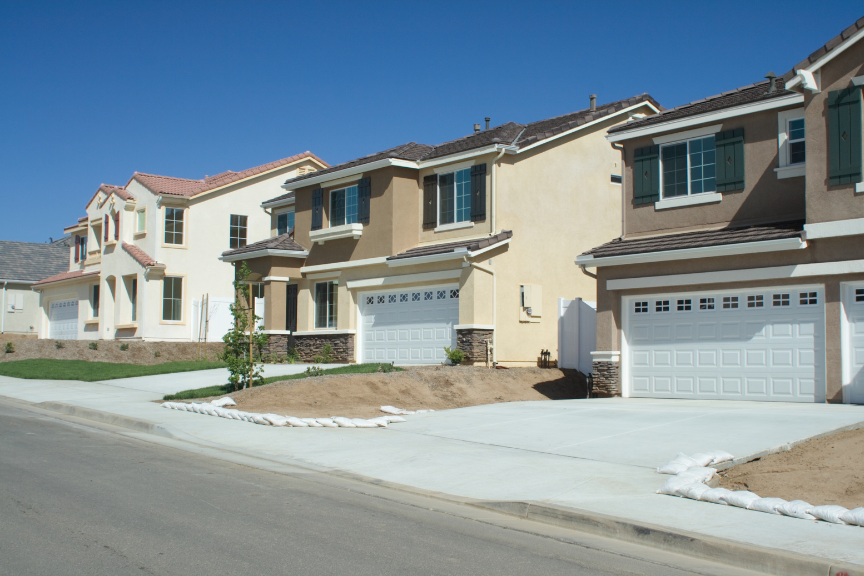Facility management (FM) is a crucial function of an organization that makes sure the comfort, functionality, and safety of the company’s properties to develop a favorable working environment for everybody. These people work in a variety of settings, consisting of industrial areas, universities, residential complexes, hospitals and other areas. Find Out More
Facilities Management Doncaster
Depending upon its size, an organization could utilize a single facility Manager or a team of staff members who handle various elements of their areas. For example, a large company might have a facility supervisor who supervises coordinators, stock assistants or maintenance employees. We can help
Facilities Management Yorkshire
Functions of facility management
Facility administration has 2 distinct functions:
Hard facility management: Tough facility management describes the physical buildings and crucial systems like lighting, electrical and fire Security. Carrying out difficult facility administration frequently indicates following laws and policies for structure requirements, a/c services and fire prevention treatments.
Soft facility administration: Soft facility management focuses on elements that make a place more comfortable or aesthetically attractive, like landscaping services and interior decorating. A company might choose which locations of soft facility management are crucial for a business’ offices and retail areas depending upon the facilities’ functions.
Our team of skilled facilities managers understand how residential or commercial properties function, with a wide technical knowledge of both tough and soft services but more significantly a favorable consumer focused approach.
Our suppliers are not chosen on size of business or turnover, but a desire to deliver worth, to deal with us and our customers to be one team.
We pick our supply chain on Regional lines, our company believe in Regional business and Regional economies, to promote Regional growth.
For more information go here




